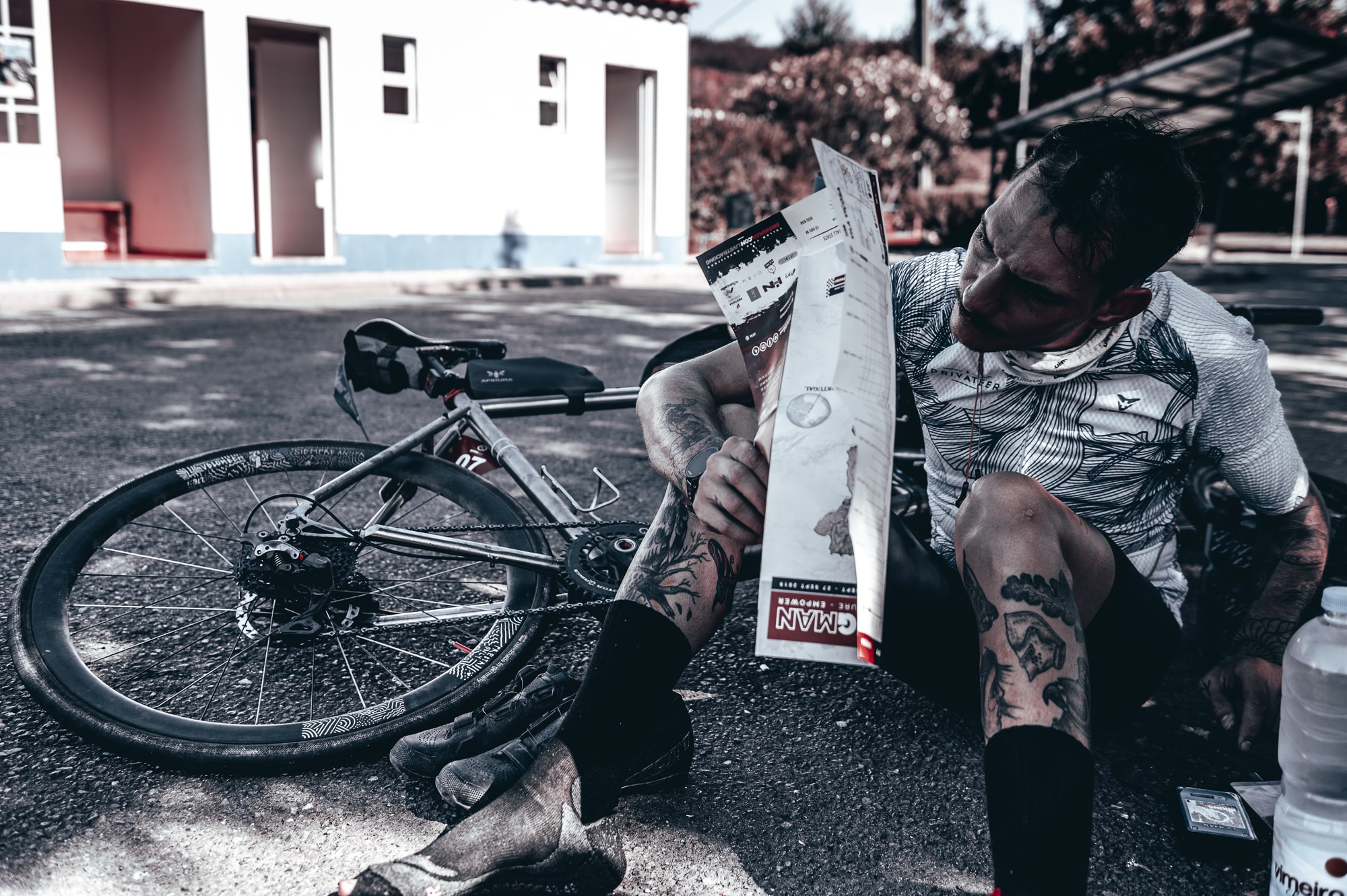Hello everyone!
Ultra-distance, whether in running, cycling, or any other endurance sport, represents a colossal challenge that requires meticulous and rigorous preparation. Planning training for such an event is not just about accumulating kilometers. It must integrate key principles to avoid injuries and optimize performance. In this article, we will explore how to structure an effective training program for ultra-distance.
How to Plan Your Training for Ultra-Distance?
Basic principles
- Progressive overload: Gradually increase the volume and intensity of training to allow the body to adapt without risk of injury.
- Variation of intensities: Alternate training intensities to maximize benefits. Use polarized training models (80% low intensity, 20% high intensity) and pyramidal (distribution between low, medium, and high intensity).
Structuring your training: Periodization
Periodization is a training planning method that divides the year into different cycles: macrocycles (annual), mesocycles (monthly), and microcycles (weekly). Each cycle has a specific goal and allows for varying intensity and volume to avoid overtraining and promote progression.
Training phases
- Base Phase: Develop aerobic endurance with low-intensity sessions.
- Development Phase: Gradually increase intensity.
- Pre-Competition Phase: Prepare the body for the specific demands of the competition.
- Competition Phase: Maintain balanced training for optimal performance.
- Recovery Phase: Actively recover after competitions.
Integrating ultradistance specificity
- Race Profile: Each ultra-distance event has its own characteristics: elevation, type of terrain, weather conditions, etc. Adapting training to these parameters is crucial. For example, a mountain race requires specific elevation training.
- Long Training Sessions: Long sessions are essential in preparing for ultra-distance. They allow the body to adapt to prolonged effort and test equipment and nutrition. Plan regular long outings, gradually increasing the distance to simulate race conditions.
Avoiding injuries and overcoming fatigue
- Listening to your body: Learning to listen to your body is crucial to avoid injuries. Signs of overtraining include persistent fatigue, muscle and joint pain, and decreased performance. If you experience these symptoms, reduce intensity or take rest days.
- Active recovery: Incorporate active recovery sessions (low-intensity endurance, yoga, stretching) and ensure good sleep and proper nutrition.
Nutrition and hydration
- Nutrition: Increase your carbohydrate intake, consume protein for muscle repair, and don’t forget healthy fats.
- Hydration: Drink regularly during training and have a hydration strategy for race days.
Mental training
- Mental resilience: Ultra-distance is as much a mental challenge as it is a physical one. Work on your mental resilience by incorporating visualization, meditation, and stress management techniques. Learn to stay positive and motivated, even in difficult moments.
- Race strategies: Develop strategies to manage moments of mental fatigue. Divide the race into shorter segments, set intermediate goals, and find ways to stay focused and determined.
Preparation for an ultra-distance event requires a methodical and well-structured approach. Follow the principles of progressive overload, vary intensities, carefully plan each training phase, and integrate race specificity. Good nutrition, hydration, and mental training are also essential to optimize performance and minimize injury risks.
With rigorous planning and attentive listening to your body, you will be ready to take on the challenge of ultra-distance.
Find us on:
- Website : bikingman.com
- Instagram : bikingman_ultra
- Facebook : bikingmanultra
- Strava : / strava








